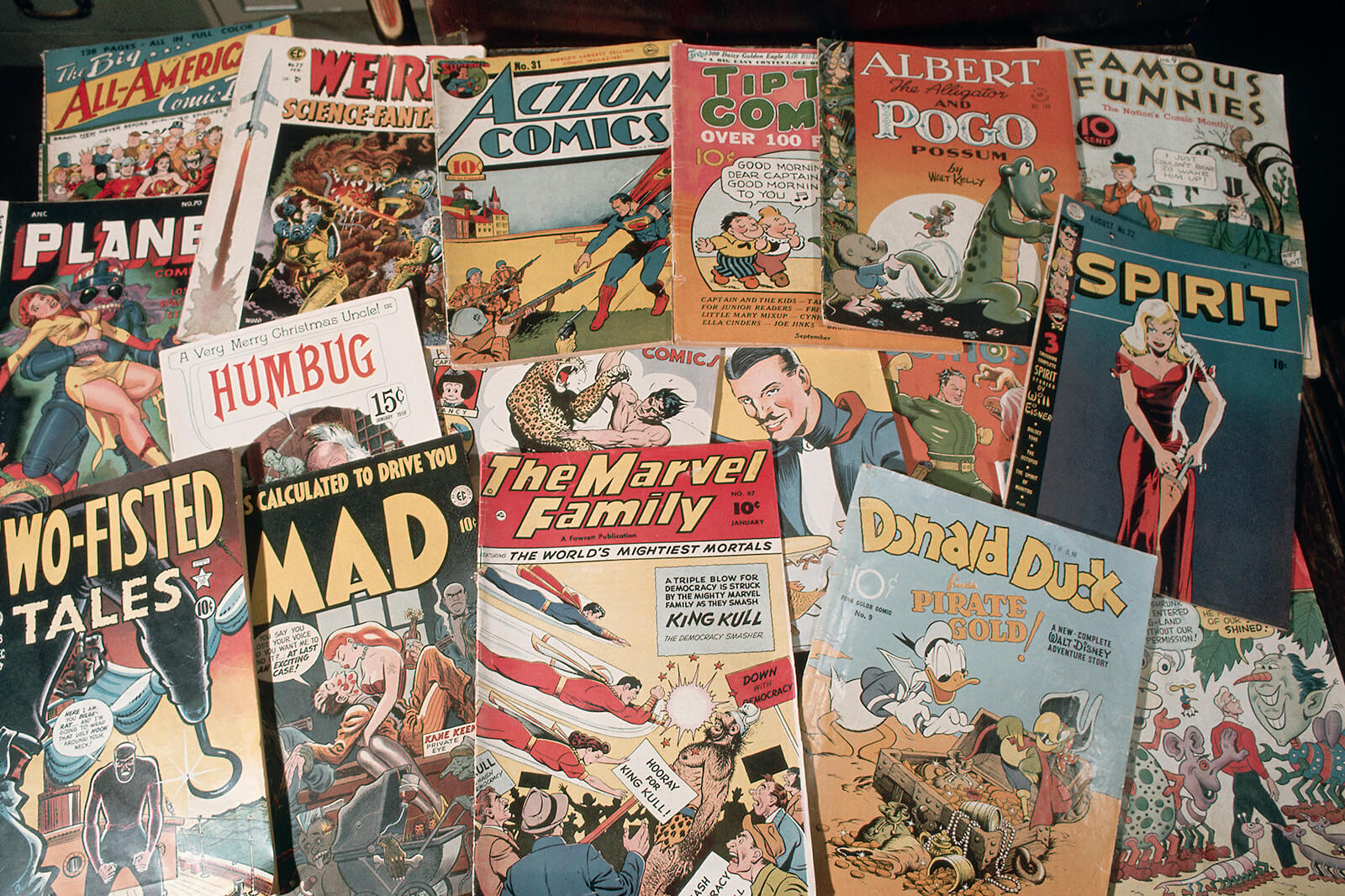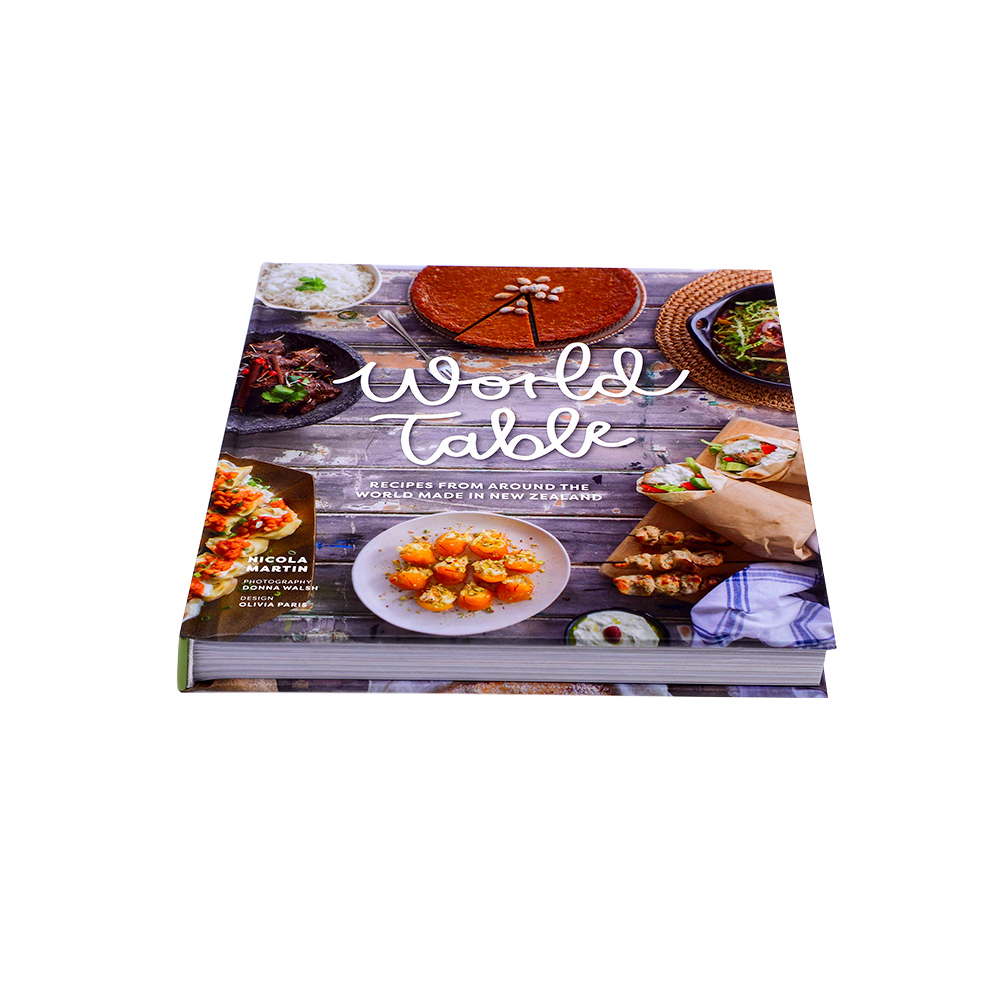how much does it cost to print a comic book
Creating a comic book is not just a project; it’s a passion that combines storytelling, artistry, and entrepreneurial spirit. For many artists and writers, the dream of seeing their characters leap off the page and into the hands of readers can be both exhilarating and daunting. The process involves countless hours of brainstorming, sketching, revising, and ultimately, producing a tangible product that reflects your unique vision. As a book printing factory, we have witnessed firsthand the transformative journey of countless creators—from initial ideas to final printed copies ready for distribution.
In today’s digital age, the landscape for comic book creators has evolved dramatically. Independent artists now have access to a wealth of resources and platforms that empower them to publish their work without the need for traditional gatekeepers. This democratization of the publishing process means that anyone with a story to tell and the drive to bring it to life can do so. However, navigating the complexities of comic book production requires a thorough understanding of the costs involved at each stage of the journey.
This comprehensive guide aims to provide aspiring comic book creators with essential insights into the costs and processes involved in designing, printing, and self-publishing their work. Whether you’re a first-time creator or a seasoned artist looking to expand your portfolio, our goal is to equip you with the knowledge needed to embark on this creative journey with confidence. From conceptualization to marketing, we’ll break down each component, helping you make informed decisions that align with your artistic vision and financial goals.
İçindekiler
1. Understanding the Cost of Comic Book Creation
Before diving into the world of comic book publishing, it’s crucial to grasp the various expenses involved in the process. Each stage of comic book creation—from conceptualization to printing—incurs specific costs. We will dissect these components to give you a clear understanding of what to expect.
1.1 The Stages of Comic Book Production
Creating a comic book involves several distinct phases, each with its associated costs:
-
Concept Development: This initial stage encompasses brainstorming ideas, character design, and plotting the storyline. It’s essential to invest time in this phase as it lays the foundation for your entire comic. You may want to engage in character sketches, write detailed backgrounds, and explore various story arcs. While this stage may seem free, the time and effort invested are invaluable. Consider spending time on character development to create engaging, relatable figures that will resonate with your audience.
-
Artwork Creation: This phase involves translating your ideas into visual form, whether through traditional hand-drawn techniques or digital illustration. The choice between methods significantly affects your budget and creative output. If you are working with a team of artists, costs can increase, so it’s important to discuss pricing and deadlines upfront. Additionally, consider the time needed for revisions and edits, as this can further influence your budget.
-
Baskı: Once your artwork is ready, the next step is to print. This phase will incur costs based on the chosen specifications, such as size, color, paper quality, and binding techniques. It’s crucial to choose a reliable printing service that can produce high-quality prints while offering competitive pricing.
-
Marketing: Creating a comic book is only half the journey; the other half involves promoting your work to reach potential readers effectively. The marketing strategies you employ can range from grassroots efforts to professional services. A well-planned marketing campaign can significantly impact your comic’s visibility and sales.
1.2 Average Costs Involved
While exact costs can vary widely, we can provide a ballpark figure for each stage to help you budget effectively. The range for creating a comic book—from concept to print—can be anywhere from $1,000 to $5,000, depending on the choices you make along the way.
Here’s a breakdown of what each stage might typically cost:
- Concept Development: $0 to $500 (mainly time investment)
- Artwork Creation: $300 to $2,000 (depending on whether you hire artists or create it yourself)
- Baskı: $500 to $3,000 (based on print run, specifications, and quality)
- Marketing: $500 to $1,000 (for promotional materials, ads, and events)
With proper planning and resource allocation, you can navigate these costs effectively and avoid unexpected expenses.
2. Startup Costs for Comic Book Creation
Understanding the initial investment required to launch your comic book project is crucial. You can approach comic creation through various methods: traditional, digital, or a hybrid approach. Each method carries different costs and advantages.
2.1 Traditional Art Supplies
If you opt for traditional methods, you’ll need a range of art supplies. Below is a breakdown of essential items and their approximate costs:
-
Drawing Board: A professional drawing board or drafting table is essential for serious work. Prices range from $100 to over $1,000, depending on the complexity and features, such as adjustable angles or built-in storage.
-
Pencils, Pens, and Brushes: Expect to spend between $20 and $150 for quality sets. Basic sets tailored for comic artists usually suffice, but consider investing in higher-end tools if your budget allows. Artists often prefer mechanical pencils for precise lines and brush pens for fluidity.
-
Paper: Bristol paper is a favorite among comic artists due to its durability and versatility. A block of Bristol paper (20 sheets, 9″ x 12″) costs around $20, while larger sheets (19″ x 24″) may set you back $30 to $40. Having a variety of paper types, such as smooth and textured, can enhance your artistic expression.
-
Accessories: Rulers, compasses, and other drafting tools can add another $10 to $500 to your budget, depending on the quality and type of tools you choose. Don’t forget about erasers and sharpeners; quality tools can make a significant difference in your work.
In total, you might spend between $150 and $200 to set up a basic traditional comic book creation studio.
2.2 Digital Art Supplies
Digital comic book creation requires different tools, primarily focused on hardware and software. Costs can vary significantly:
-
Computers and Tablets: High-end graphics tablets or computers can range from $200 to over $10,000. Consider refurbished models for significant savings while still obtaining high-quality equipment. A popular choice is the Wacom Cintiq, which allows for direct drawing on the screen, enhancing the creative process.
-
Graphic Design Software: The Adobe Creative Cloud suite is favored by many professionals, with subscriptions ranging from $22.99 to $59.99 per month. Alternatively, consider one-time payment options for software like Corel Painter or Clip Studio Paint, which cost around $421 and $54, respectively. Free software like Krita or GIMP can also be viable alternatives for beginners.
On average, budgeting $300 to $500 is reasonable for a digital comic creation setup. For those serious about their craft, investing upwards of $1,000 may be more appropriate to ensure you have high-quality tools.
3. Printing Costs for Comic Books
Once your comic book is ready, printing is the next major expense. Various factors will influence printing costs, including size, color, paper type, and binding options.
3.1 Choosing the Right Size
The standard comic book size is 6.7″ by 10.2″, which balances reader expectations and printing costs. Larger or custom sizes can increase your expenses significantly, so it’s wise to stick with standard dimensions, especially for your first comic.
3.2 Color vs. Black-and-White Printing
Your printing choices can dramatically impact costs:
-
Full Color Printing: This is visually appealing and engaging but typically costs more than black-and-white options. Color printing can enhance storytelling, making scenes more dynamic and captivating for readers.
-
Black-and-White Printing: While cheaper, it may not attract the same audience, especially for superhero or adventure genres that benefit from vibrant illustrations. However, some genres, such as Manga, traditionally use black-and-white printing, appealing to their unique readership.
3.3 Paper Selection
Selecting the right paper is crucial for your comic’s durability and appearance. Common options include:
-
Kaplamasız Kağıt: Often used for interior pages to save costs. While this option is economical, it may not withstand wear and tear as well as coated options.
-
Coated Paper: Heavier, matte-coated paper provides a better finish and enhances color vibrancy, making it ideal for color printing. Glossy finishes can make colors pop, drawing more attention to your artwork.
3.4 Binding Choices
Your choice of binding will also affect your budget:
-
Saddle Stitching: This binding method is ideal for shorter comics, is economical, and provides a lightweight, flexible comic. It is well-suited for comic issues or collections with fewer pages.
-
Mükemmel Ciltleme: Offers a professional finish and can accommodate thicker books. This method is more suitable for larger projects and allows for spine printing, which is great for branding. It’s ideal for graphic novels and collected editions.
-
Sert Kapak Cilt: While less common, hardcover binding is used for special editions and collections. The process involves more intricate steps and materials, resulting in higher costs but increased durability. Many readers appreciate the added prestige of a hardcover comic.
3.5 Printing Cost Breakdown
To give you a clearer picture, here’s a simplified cost chart for printing a 6.7″ x 10.2″ comic book with varying page counts and options:
| Pages | Miktar | Maliyet |
|---|---|---|
| 40 | 100 | $373 |
| 44 | 100 | $425 |
| 48 | 100 | $418 |
| 56 | 100 | $472 |
| 64 | 100 | $516 |
Note: Prices do not include shipping and are subject to change based on market conditions. Always check for the most current pricing and offers from your chosen printing service.
4. Marketing and Distribution Costs
Creating and printing your comic book is only the beginning. Effective marketing is essential for reaching your target audience. Here are some common strategies and their associated costs:
4.1 Self-Promotion
You can promote your comic book without spending much by utilizing:
-
Social Media: Engaging with potential readers through platforms like Instagram, Twitter, and TikTok can significantly boost your visibility without a large financial investment. Share artwork, behind-the-scenes content, and engage with followers to create a community around your work.
-
Workshops and Conventions: Attending events allows you to showcase your work, network with fellow creators, and interact with fans. Many conventions offer panels and spaces for indie creators. Having a booth at conventions can be a great investment if you can afford it, allowing you to sell directly to readers.
-
Email Newsletters: Building a mailing list can help you reach interested readers directly. Consider offering exclusive content to subscribers to encourage sign-ups. Regular updates can keep your audience engaged and informed about your projects.
4.2 Paid Marketing Strategies
If you prefer to invest in marketing, consider:
-
Third-Party Services: Hiring marketing agencies can range from $50 for small ads to thousands for comprehensive campaigns. Researching agencies that specialize in comic book promotion can yield better-targeted results. Many agencies have expertise in social media marketing, which is invaluable in reaching niche audiences.
-
Crowdfunding Platforms: Many creators successfully fund their projects through sites like Kickstarter or Indiegogo. These platforms allow you to raise money while simultaneously promoting your comic. Having a strong pitch and engaging visuals can greatly enhance your chances of success.
4.3 Budgeting for Marketing
For initial marketing efforts, budget at least $500 to $1,000 to cover basic promotional activities. A balanced approach combining grassroots marketing with strategic spending can effectively boost your comic’s visibility. Creating a marketing timeline that outlines when to launch campaigns and engage with your audience can help you stay organized.
5. Crowdfunding as a Strategy
Crowdfunding has become an integral part of the comic book publishing process, especially for new creators. Platforms like Kickstarter not only help you raise funds but also gauge interest in your comic.
5.1 Benefits of Crowdfunding
-
Capital Generation: You can gather funds upfront to cover printing and other costs. Successful campaigns can also help you build a loyal fan base even before your comic is published. Engaging with backers can turn them into advocates for your work.
-
Community Engagement: Engaging with potential readers early builds anticipation for your comic. By sharing behind-the-scenes content and progress updates, you can foster a dedicated community around your work. Transparency in your process can make backers feel more connected to your project.
5.2 Support from Printers
As a printing factory, we often support our clients by providing discounts for those who run successful crowdfunding campaigns. It’s a mutually beneficial arrangement that helps both parties. Discussing your crowdfunding plans with your printer early on can lead to tailored solutions that fit your timeline and budget.
6. Final Thoughts: Navigating the Comic Book Production Landscape
In conclusion, creating a comic book involves a range of costs and considerations that can vary widely depending on your approach. From initial art supplies to printing and marketing, each phase requires careful budgeting and planning. The journey from concept to printed comic can be a rewarding experience, especially with the right tools and strategies in place.
As you embark on this creative path, remember that many successful comic book creators began with modest budgets and grew their projects through perseverance and ingenuity. Utilize this guide as a roadmap to navigate the exciting world of comic book production.
SSS
1. What is the average cost to self-publish a comic book?
The average cost to self-publish a comic book can range from $1,000 to $5,000, depending on various factors including art supplies, printing costs, and marketing expenses. Starting from scratch with no equipment may push costs to the higher end of the spectrum. It’s essential to evaluate your unique needs and budget accordingly.
2. Can I use crowdfunding to finance my comic book project?
Yes, crowdfunding platforms like Kickstarter are excellent for financing your comic book project. They allow you to raise funds while simultaneously generating interest in your work. Many successful projects have relied on community support to get off the ground. Crafting an engaging campaign video and offering appealing rewards can enhance your campaign’s success.
3. What are the best printing options for my comic book?
The best printing options depend on your budget and desired quality. For a professional look, consider perfect binding with coated paper for the cover and heavier stock for interior pages. For budget options, saddle stitching with uncoated paper can be effective for shorter comics. Discussing your options with a printing expert can help you make informed decisions tailored to your project’s needs.
Kitap Baskısı
Yeni Ürünler
Son Blog

Kitap basım maliyetleri nasıl düşürülebilir?
Son yıllarda baskı teknolojilerindeki gelişmeler ve daha verimli üretim yöntemleri sayesinde kitap basım maliyetlerinde önemli bir düşüş görüldü.

Bir fotoğraf kitabı yapmanın maliyeti ne kadardır?
Bir fotoğraf albümü oluşturmak, anıları korumak, hayatın dönüm noktalarını kutlamak veya hatta özel birine benzersiz bir hediye sunmak için ideal bir yoldur. Ancak birçok kişi kendine şu soruyu sorar: *"Bir fotoğraf albümü yapmanın maliyeti ne kadar?"* Yüksek kaliteli bir fotoğraf albümü oluşturmanın maliyeti çeşitli faktörlere bağlı olarak önemli ölçüde değişebilir.
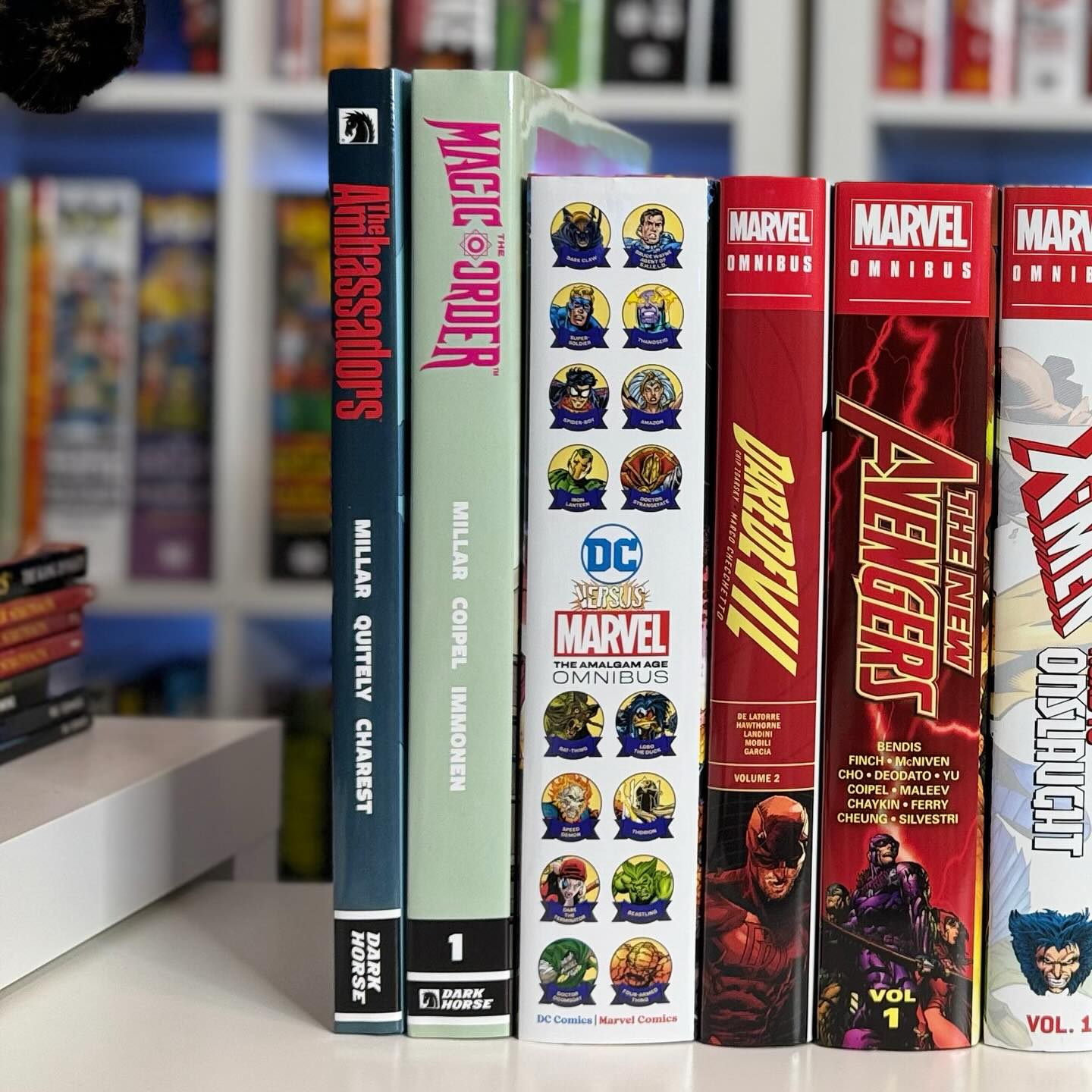
kitap basımının maliyeti ne kadardır
Kitap baskı maliyetleri, miktar, malzemeler ve tür gibi faktörlere bağlı olarak kitap başına $2 ile $20 arasında değişebilir. Örneğin, ciltsiz kitaplar daha uygundur, genellikle siyah beyaz baskı için $2–$5 maliyeti vardır, sert kapaklı baskılar veya tam renkli baskılar ise daha yüksek üretim giderleri nedeniyle $20'ye ulaşabilir.

Hangi Şirket Çizgi Roman Basıyor
Bir çizgi roman yaratmak, çizimlere, hikaye panolarına ve diğer görsellere sayısız saat harcanmasıyla yoğun bir sevgi emeğidir.
Bize Ulaşın
- +86 13946584521
- info@kitapbaskı.net
- 08:00 - 22:00 (Pzt - Paz)
Etiketler
Yorumlar
İlgili Blog
Kitap basım sektöründeki en yeni trendleri ve genel bilgileri öğrenin.

Kitap basım maliyetleri nasıl düşürülebilir?
Son yıllarda baskı teknolojilerindeki gelişmeler ve daha verimli üretim yöntemleri sayesinde kitap basım maliyetlerinde önemli bir düşüş görüldü.
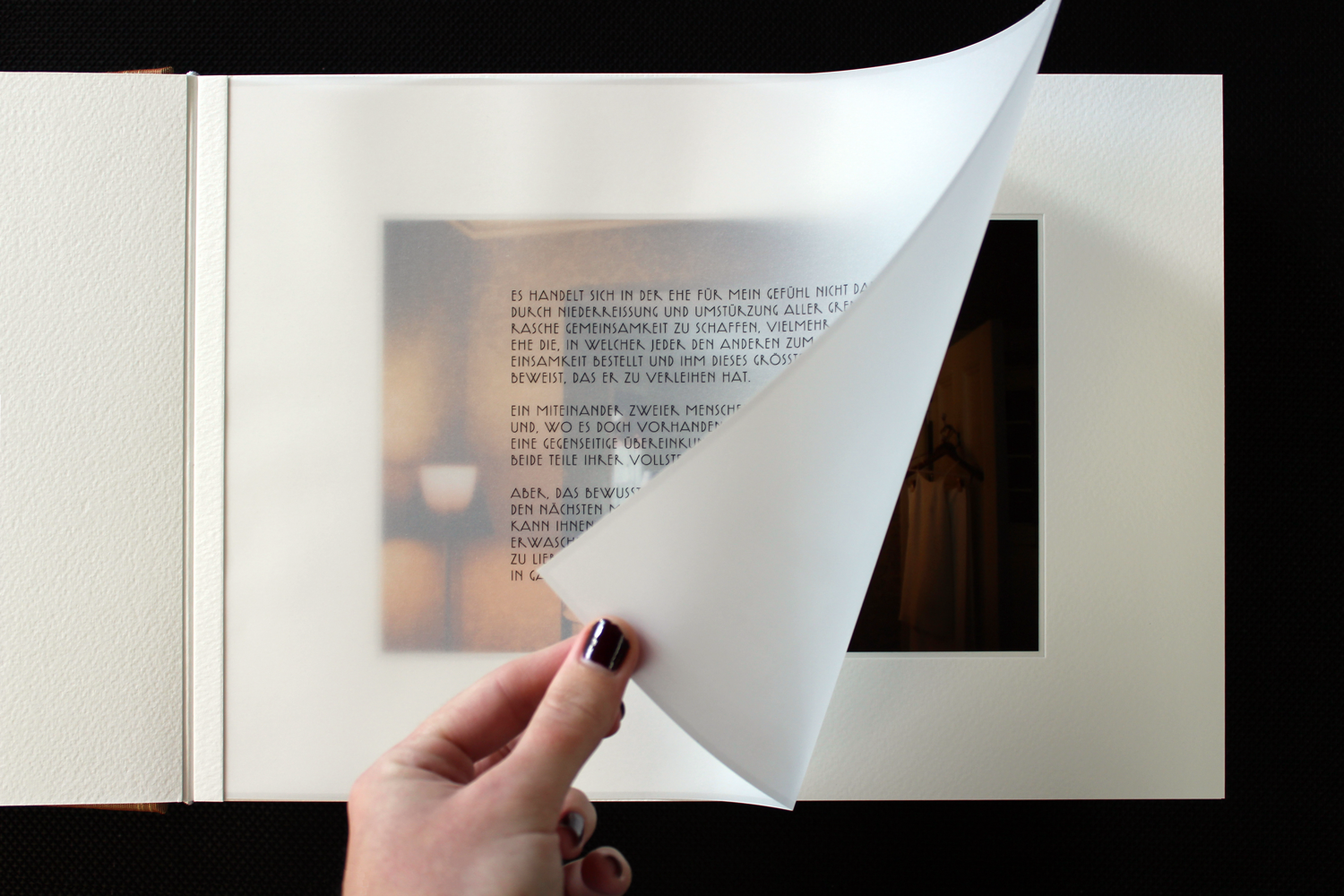
Kaliteli Fotoğraf Kitabı Baskısıyla Anıları Korumak ve Çalışmaları Sergilemek
Kendi kendinize yayıncılık yapmaya girişiyorsanız, öncelikli endişelerinizden biri kitap basımı için ekonomik seçenekler bulmak olacaktır.

100 Sayfalık Bir Kitabın Baskı Maliyeti Ne Kadardır?
Bir kitabı, özellikle de 100 sayfalık bir kitabı basmak, genel maliyeti etkileyebilecek çeşitli faktörleri içerir. İster kendi kendine yayınlamak isteyen bir yazar olun, ister promosyon materyalleri basmayı hedefleyen bir işletme olun.
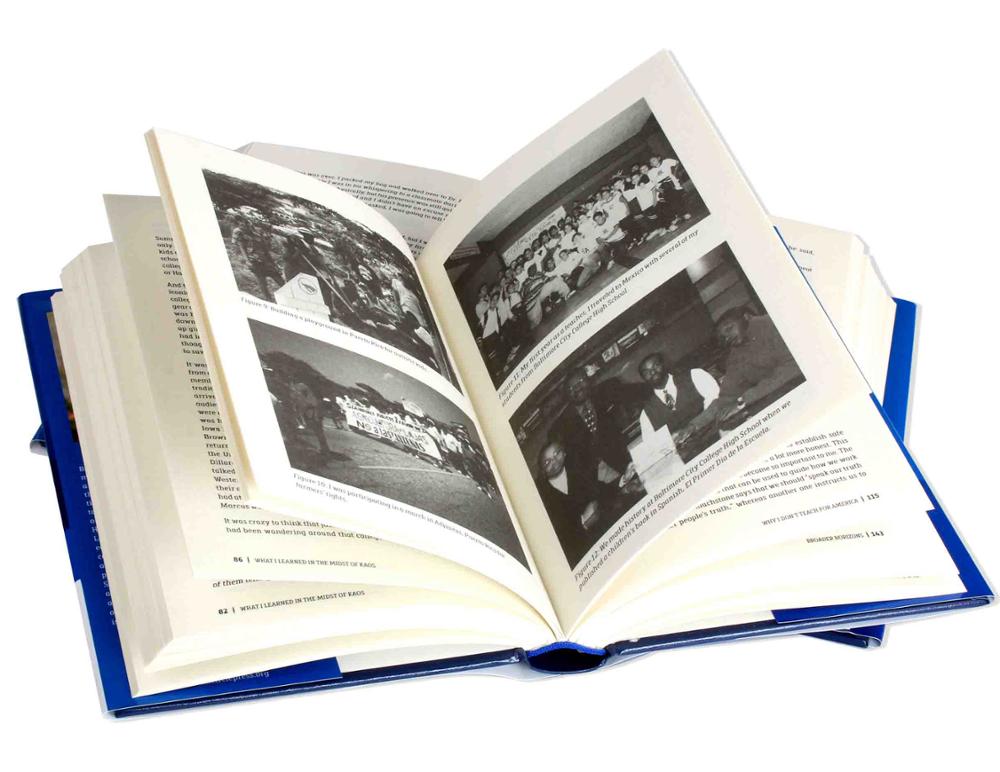
Basılı Kitapların İyi Yönleri Nelerdir?
Bir çocuk kitabı oluştururken her unsur önemlidir, özellikle de kağıt seçimi. Doğru kağıt türünü seçmek, bir kitabın görünümünü iyileştirebilir,

